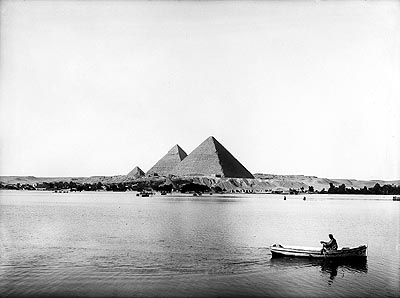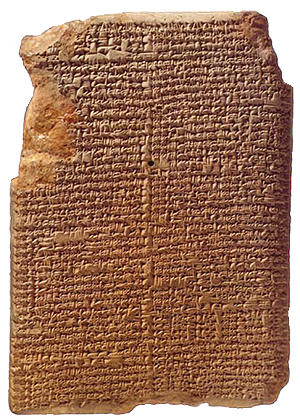Helical Rising in other cultures
Heliacal risings have been very important for the calendars of many civilisations, as they helped to define points of reference for the progressing year. Bright celestial objects that rise and set, and thus have a time in the year that they rise just before the Sun at dawn, were used in many ancient calendars.
 Photo: touregypt.net
Photo: touregypt.net
Egypt
The River Nile flooded every year covering the land with fertile mud and preparing it for the sowing and growing period. The harvest time started at the end of February and ended with the new Nile flood in July.
As it happened the heliacal rising of Sirius (Sothis) turned out to be a reliable predictor of the flooding of the Nile, which was such an important event in the life of the Egyptians.
Sirius also defined the exact length of the year between two consecutive helical risings. The first new moon following the reappearance of Sirius defined the first day of the New Year for the Egyptians.
 Mul Apin tablet.
Mul Apin tablet.
Credit: geocities.com/astrologymulapin
The ancient Babylonians included dates of heliacal risings on the Mul Apin tablets (image), which counted the number of days between heliacal rising of many stars. Essentially this creates a calendar when only one heliacal rising is observed, the others can be accurately predicted.
The Sumerians and the ancient Greeks are also known to have used the heliacal risings of various stars for the timing of agricultural activities.
Aztecs
The ancient Aztecs of Mexico and Central America also based their calendar upon the Pleiades. Their year began when priests first observed the heliacal rising of the cluster, similar to the tradition among the New Zealand Māori.

